Search
Search Results
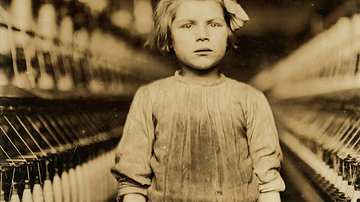
Article
Child Labour in the British Industrial Revolution
Children were widely used as labour in factories, mines, and agriculture during the British Industrial Revolution (1760-1840). Very often working the same 12-hour shifts that adults did, children as young as five years old were paid a pittance...
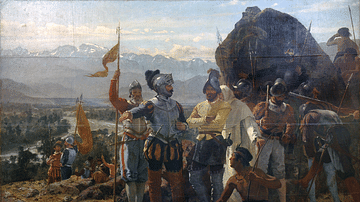
Definition
Repartimiento
The repartimiento system was a distribution of rights to Spanish colonialists and municipalities, which allowed them to extract forced but low-paid labour from local communities in conquered territories. Designed to replace the inefficient...

Image
German 6th Panzer Division, 1940
A photograph showing tanks of the German 6th Panzer Division in 1940. (Imperial War Museums)
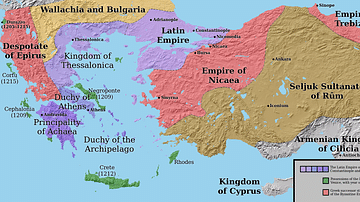
Image
Division of the Byzantine Empire, 1204 CE.
A map indicating the division of the Byzantine Empire following the sack of Constantinople in 1204 CE during the Fourth Crusade.
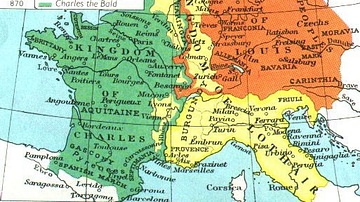
Image
Division of the Carolingian Empire in 843 & 870 CE
Map of the Carolingian empire following its division in the 9th Century CE. The Treaty of Verdun in 843 CE partitioned the Kingdom of the Franks into West Francia (green), East Francia (orange), and Middle Francia (yellow) and allocated them...
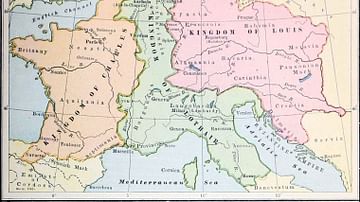
Image
Division of the Carolingian Empire
Map of the Carolingian Empire following its division in 843 by the Treaty of Verdun. At the death of Emperor Louis the Pious (r. 813-840), the Kingdom of the Franks was partitioned and allocated to three of his four sons. West Francia (orange...
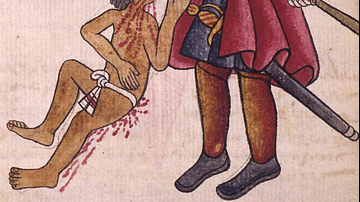
Definition
Encomienda
The encomienda was a system where Spanish adventurers and settlers were granted the legal right to extract forced labour from indigenous tribal chiefs in the Americas colonies of the Spanish Empire. In return, the Europeans were expected...
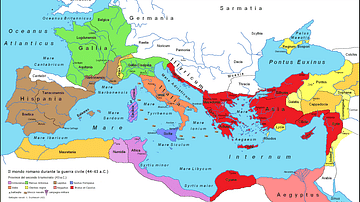
Image
Division of the Second Triumvirate
A map showing the areas controlled by different members of Rome's Second Triumvirate of Lepidus (Brown), Octavian (Purple), and Mark Antony (Green) in the 1st century BCE. The light red areas indicate shared control.
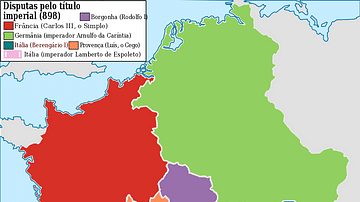
Image
Division of the Carolingian Empire in 898
Map of the former Carolingian Empire in 898 following its collapse in 887 as a result of the deposition of Emperor Charles the Fat (r. 876-887). The kingdoms were claimed by various regional nobles, each of whom contested the imperial title...
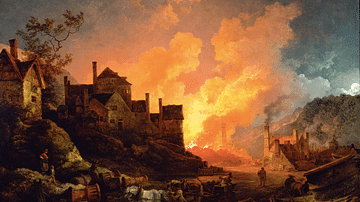
Article
Why the Industrial Revolution Started in Britain
The Industrial Revolution saw a wave of technological and social changes in many countries of the world in the 18th and 19th centuries, but it began in Britain for a number of specific reasons. Britain had cheap energy with its abundant supply...